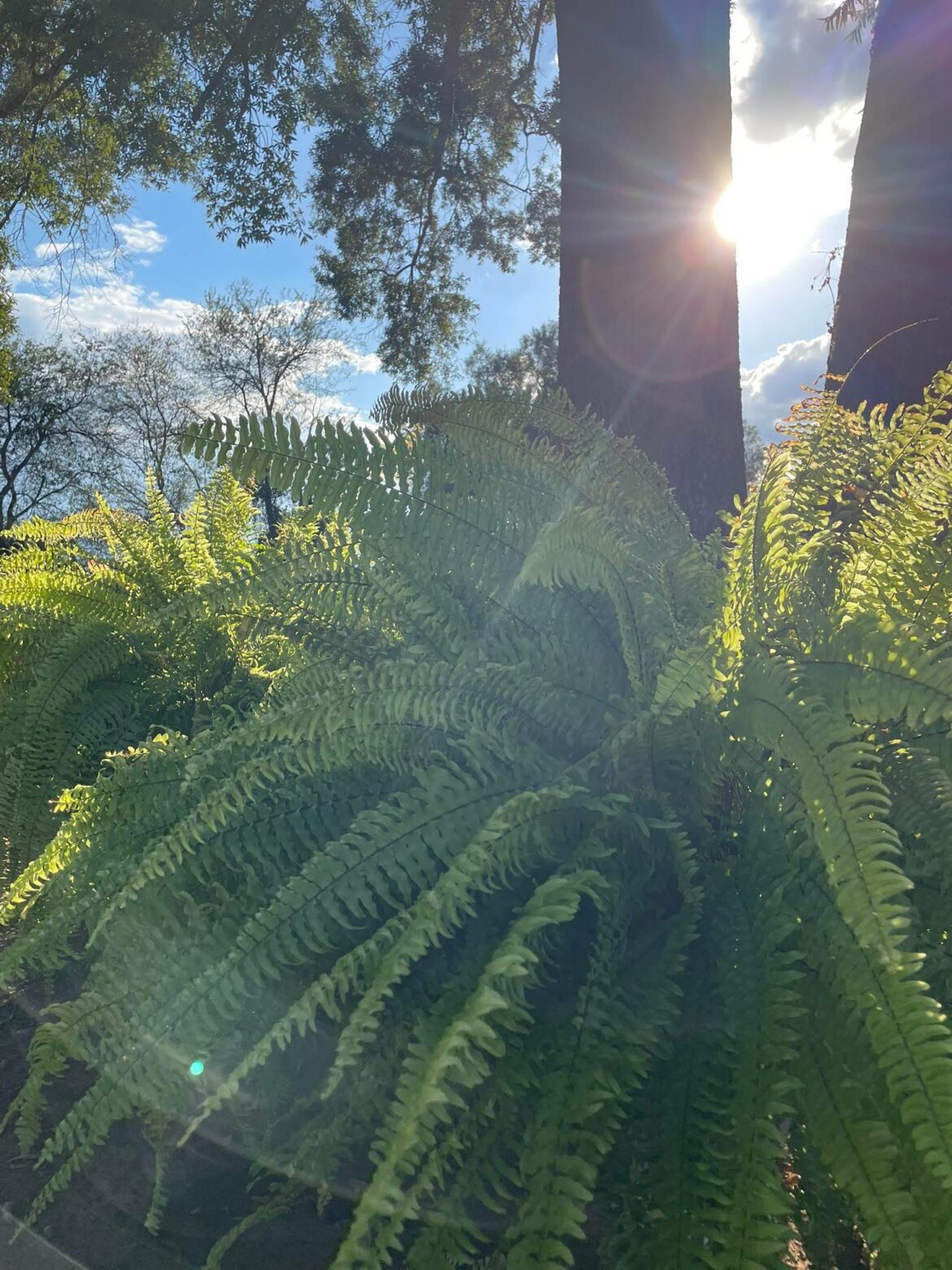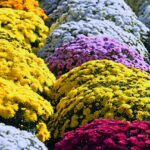Introduction
Ferns (Division: Pteridophyta) represent one of the oldest lineages of vascular plants, thriving in moist, shaded habitats worldwide. East Texas, characterized by its humid subtropical climate, acidic sandy soils, and abundant rainfall (typically 45–55 inches annually), provides a favorable environment for both native and ornamental fern species. However, successful cultivation requires attention to shade management, moisture balance, and soil organic content.
1. Recommended Fern Species for East Texas
Below are species that perform reliably in the climatic and edaphic (soil-related) conditions of East Texas:
| Common Name | Scientific Name | Characteristics | Ideal Setting |
|---|---|---|---|
| Southern Wood Fern (Dryopteris ludoviciana) | Evergreen to semi-evergreen; tolerates brief droughts | Shaded beds, understories | |
| Maidenhair Fern (Adiantum capillus-veneris) | Delicate fronds; prefers consistent humidity | Near water features, protected shade | |
| Christmas Fern (Polystichum acrostichoides) | Evergreen; highly adaptable | Woodland gardens | |
| Cinnamon Fern (Osmunda cinnamomea) | Large, vase-shaped fronds; thrives in moist soils | Boggy or low-lying areas | |
| Southern Shield Fern (Thelypteris kunthii) | Fast-spreading; tolerant of summer heat | Woodland groundcover | |
| Boston Fern (Nephrolepis exaltata) | Commonly grown in containers or hanging baskets | Shaded patios, indoor–outdoor transitions |
2. Environmental Requirements
a. Light
- Optimal: Filtered or dappled light beneath canopy trees such as Quercus nigra (Water Oak) or Magnolia grandiflora (Southern Magnolia).
- Avoid: Prolonged direct afternoon sun, which scorches delicate fronds.
- Indoor placement: Bright, indirect light from north- or east-facing windows.
b. Temperature and Humidity
- Ideal range: 60–85 °F (15–29 °C).
- Ferns thrive in East Texas humidity (>70%), but during extended summer heat, supplemental misting or grouping plants can stabilize microclimates.
- Protect from cold fronts below 30 °F (−1 °C) by mulching heavily or relocating potted specimens indoors.
c. Soil
- Preferred texture: Loamy to sandy-loam soils with high organic content.
- pH: Slightly acidic (5.5–6.5).
- Incorporate leaf mold, composted pine bark, or peat moss to enhance moisture retention and aeration.
d. Watering
- Maintain consistently moist but not waterlogged soil.
- Allow the top 2–3 cm to dry between waterings for terrestrial ferns.
- For container ferns, ensure excellent drainage; avoid standing water in saucers.
3. Fertilization
- Apply a balanced, diluted (¼ strength) liquid fertilizer monthly during active growth (spring–summer).
- Avoid high-nitrogen formulations, which may cause weak, overly lush fronds susceptible to fungal attack.
- Suspend feeding in winter when growth is minimal.
4. Mulching and Ground Management
- Apply a 5–8 cm layer of organic mulch (e.g., pine needles, shredded bark) to stabilize soil temperature and conserve moisture.
- Refresh mulch annually to simulate the natural forest floor humus layer.
5. Propagation
a. Spores
- Collect mature spores from the undersides of fertile fronds.
- Sow onto sterile, moist peat or sphagnum under high humidity (≥90%) and low light.
- Germination may take several weeks, followed by the prothallus stage before sporophyte development.
b. Division
- For most garden ferns, rhizome division in early spring is the simplest method.
- Retain at least one growing tip per division; replant immediately into moist soil.
6. Pests and Diseases
Common issues in humid East Texas conditions include:
- Scale insects (Coccoidea) and mealybugs (Pseudococcidae) – treat with horticultural oil.
- Leaf spot fungi (e.g., Cercospora spp.) – avoid overhead watering, increase air circulation.
- Slugs and snails – employ barriers or biological controls (Phasmarhabditis hermaphrodita nematodes).
7. Seasonal Care Notes
| Season | Key Tasks |
|---|---|
| Spring | Divide and repot; resume fertilization; trim old fronds. |
| Summer | Maintain high humidity; deep watering during heat waves. |
| Autumn | Reduce watering; apply mulch before first frost. |
| Winter | Protect outdoor ferns from freezes; move tender species indoors. |
8. Ecological and Aesthetic Roles
Ferns contribute significantly to woodland ecosystem stability by:
- Preventing soil erosion on shaded slopes,
- Providing habitat for amphibians and invertebrates,
- Enhancing understory diversity and microhabitat complexity.
In landscaping, their textural contrast and shade tolerance make them essential for naturalistic and woodland garden designs across East Texas.
Conclusion
Ferns in East Texas thrive when provided with conditions that emulate their native forest floor habitats—shade, humidity, and organic-rich soils. By understanding their ecological preferences and adjusting care practices to the local climate, both native and ornamental species can flourish year-round, enriching gardens with ancient botanical grace.





